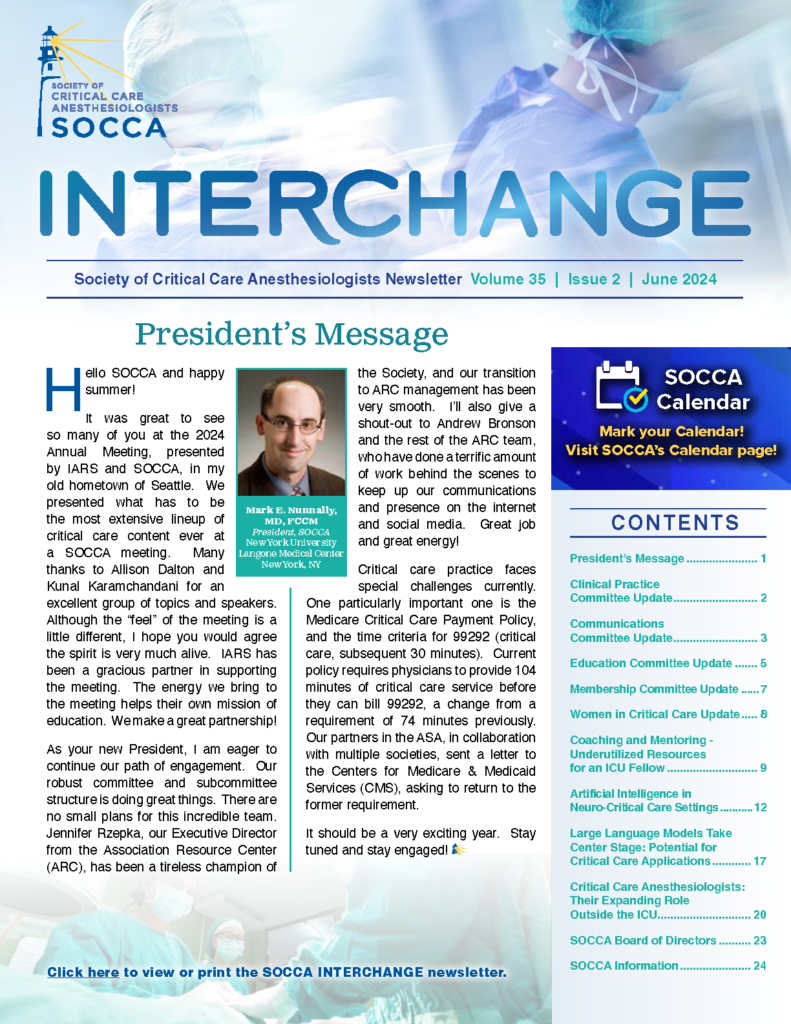PREPARE II Trial Findings: A Review
Does Fluid Administration During Induction and Intubation Prevent Cardiovascular Collapse?
Russel DW, Casey JD, Gibbs KW, et al. Effect of Fluid Bolus Administration on Cardiovascular Collapse Among Critically Ill Patients Undergoing Tracheal Intubation. JAMA. 2022;328(3):270-279. doi:10.1001/jama.2022.9792
Nearly one in five patients suffers from cardiovascular collapse while undergoing intubation in the intensive care unit. This is defined as severe hypotension necessitating vasopressors, cardiac arrest, or death. The PREPARE II investigators sought to determine if the administration of a 500ml bolus of intravenous crystalloid solution prior to induction might prevent this collapse. The study was conducted at Vanderbilt University Medical Center in Tennessee, University of Alabama at Birmingham, Louisiana State University School of Medicine and Ochsner Medical Center in New Orleans, Lahey Hospital and Medical Center in Massachusetts, Hennepin County Medical Center in Minnesota, University of Mississippi Medical Center in Jackson, Wake Forest Baptist Medical Center in North Carolina, Oregon Health and Science University in Portland, University of Washington in Seattle, and Baylor Scott & White Medical Center in Texas.
This prospective study randomized patients to either receive a 500ml bolus prior to intubation or receive usual care. The primary outcome was cardiovascular collapse – defined as death within one hour of intubation, cardiac arrest within one hour of intubation, new systolic blood pressure of < 65 or a new or increased vasopressor requirement between induction and two minutes after intubation. The secondary outcome was 28 day in-hospital mortality. Additional outcomes measured included lowest systolic blood pressure between induction and two minutes after intubation, change in systolic blood pressure from induction to lowest systolic blood pressure, ventilator-free days, ICU-free days, lowest oxygen saturation and arterial oxygen saturation from induction to two minutes after intubation, incidence of hypoxemia (oxygen saturation < 90%) and severe hypoxemia (oxygen saturation < 80%) between induction and two minutes after intubation, oxygen saturation at 24 hours after intubation, fraction of inspired oxygen at 24 hours after intubation, positive end expiratory pressure at 24 hours after intubation, systolic blood pressure at 24 hours after intubation, additional intravenous fluids initiated between induction and two minutes after intubation, time from induction to successful intubation, Cormack-Lehane grade of glottic view on first attempt, difficulty of intubation as reported by operator, incidence of successful intubation on first laryngoscopy attempt, number of laryngoscopy attempts, and need for additional airway equipment or second operator.
Of the original 1576 patients screened, 1067 patients were randomized over two years. Inclusion criteria were as follows: age at least 18, undergoing endotracheal intubation routinely, plan for sedation, plan for positive pressure ventilation between induction and laryngoscopy (bag mask or non-invasive). Incarcerated patients, pregnant patients, urgent intubations, and patients who could not tolerate fluid boluses were excluded from the study.
For patients randomized to the fluid bolus administration, the operator was able to induce any time after initiation of the fluid bolus, and the entire 500 ml were given during the immediate peri-intubation period. Fluid infusing prior to induction and intubation was not altered. For patients randomized to the other arm, no additional fluid boluses were initiated prior to induction. Fluid infusing prior to induction and intubation was not altered. Clinicians were able to initiate fluid boluses for cardiovascular collapse at any time. Additional fluid administration to the non-fluid bolus group was only considered a protocol violation if it occurred between randomization and two minutes after intubation, in the absence of cardiovascular collapse. All other aspects of the intubation, including anesthetizing medications and vasopressor selection were up to the discretion of the treating physician.
The published results were as follows:
Among 1067 patients randomized, 1065 (99.8%) completed the trial and were included in the primary analysis.
Cardiovascular collapse occurred in 113 patients (21.0%) in the fluid bolus group and in 96 patients (18.2%) in the no fluid bolus group (no significant difference).
New or increased receipt of vasopressors occurred in 20.6% of patients in the fluid bolus group compared with 17.6% of patients in the no fluid bolus group, a systolic blood pressure of less than 65 mm Hg occurred in 3.9% vs 4.2%, respectively, cardiac arrest occurred in 1.7% vs 1.5%, and death occurred in 0.7% vs 0.6%. 218 patients (40.5%) in the fluid bolus group died before day 28 compared with 223 patients (42.3%) in the no fluid bolus group (no significant difference).
The investigators also looked at different parameters surrounding the intubation, including indication for intubation, comorbid conditions, preoxygenation method, induction agents used, type of positive pressure delivered between induction and intubation, and neuromuscular blocking agents used. No significant findings were noted between the bolus and non-bolus group for these parameters as well.
The major previous trial on this idea also found that fluid administration prior to intubation did not reduce the risk of cardiovascular collapse overall but may have decreased the risk of cardiovascular collapse among patients receiving positive pressure ventilation, thus setting the standard recommendations for administering fluid prior to induction and intubation in the intensive care unit. This trial was conducted to further evaluate the impact of fluids in patients set to receive positive pressure ventilation.
The investigators concluded that the administration of an intravenous fluid bolus prior to tracheal intubation did not significantly decrease the incidence of cardiovascular collapse.
Though contrary to previous beliefs, these findings are in line with many recent studies that have re-evaluated how we administer fluids in the operating room and in the intensive care units, and whether they are beneficial. These finding support the idea that we need further studies looking at other interventions that may prevent cardiovascular collapse in the peri-intubation setting, including choice of induction agents and vasopressor usage.




































